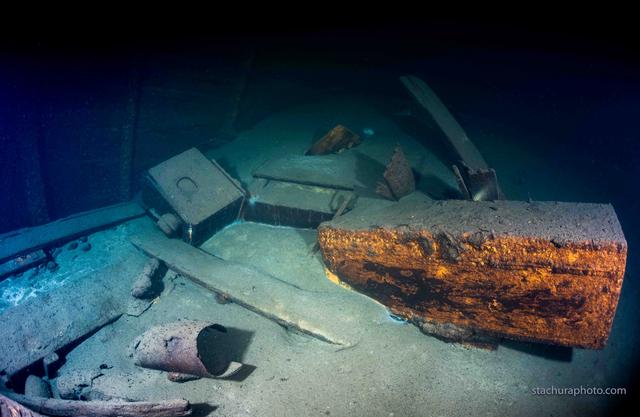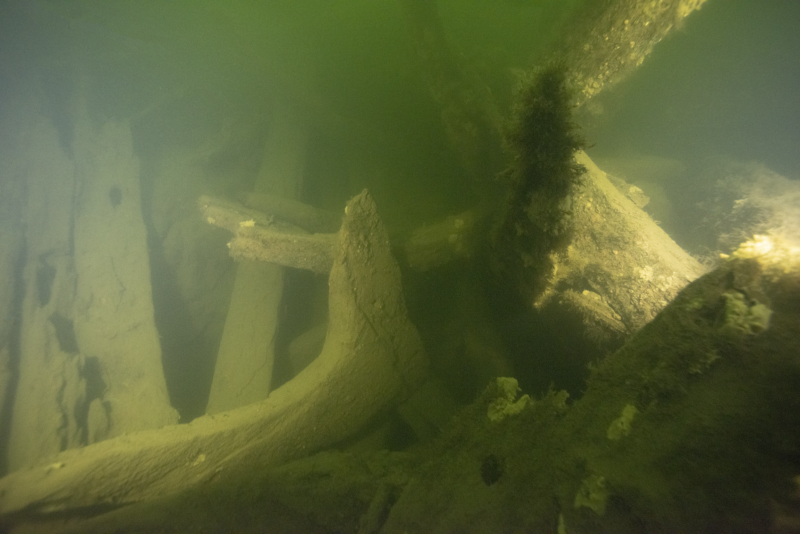-
 chevron_right
chevron_right
Shackleton died on board the Quest; ship’s wreckage has just been found
news.movim.eu / ArsTechnica · Thursday, 13 June - 22:15 · 1 minute

Enlarge / Ernest Shackleton died on board the Quest in 1922. Forty years later, the ship sank off Canada's Atlantic Coast. (credit: Tore Topp/Royal Canadian Geographical Society)
Famed polar explorer Ernest Shackleton famously defied the odds to survive the sinking of his ship, Endurance , which became trapped in sea ice in 1914. His luck ran out on his follow-up expedition; he died unexpectedly of a heart attack in 1922 on board a ship called Quest . The ship survived that expedition and sailed for another 40 years, eventually sinking in 1962 after its hull was pierced by ice on a seal-hunting run. Shipwreck hunters have now located the remains of the converted Norwegian sealer in the Labrador Sea, off the coast of Newfoundland, Canada. The wreckage of Endurance was found in pristine condition in 2022 at the bottom of the Weddell Sea.
The Quest expedition's relatively minor accomplishments might lack the nail-biting drama of the Endurance saga, but the wreck is nonetheless historically significant. "His final voyage kind of ended that Heroic Age of Exploration, of polar exploration, certainly in the south," renowned shipwreck hunter David Mearns, who directed the operation, told the BBC . "Afterwards, it was what you would call the scientific age. In the pantheon of polar ships, Quest is definitely an icon."
As previously reported , Endurance set sail from Plymouth, Massachusetts, on August 6, 1914, with Shackleton joining his crew in Buenos Aires, Argentina. By January 1915, the ship had become hopelessly locked in sea ice, unable to continue its voyage. For 10 months, the crew endured the freezing conditions, waiting for the ice to break up. The ship's structure remained intact, but by October 25, Shackleton realized Endurance was doomed. He and his men opted to camp out on the ice some two miles (3.2 km) away, taking as many supplies as they could with them.



